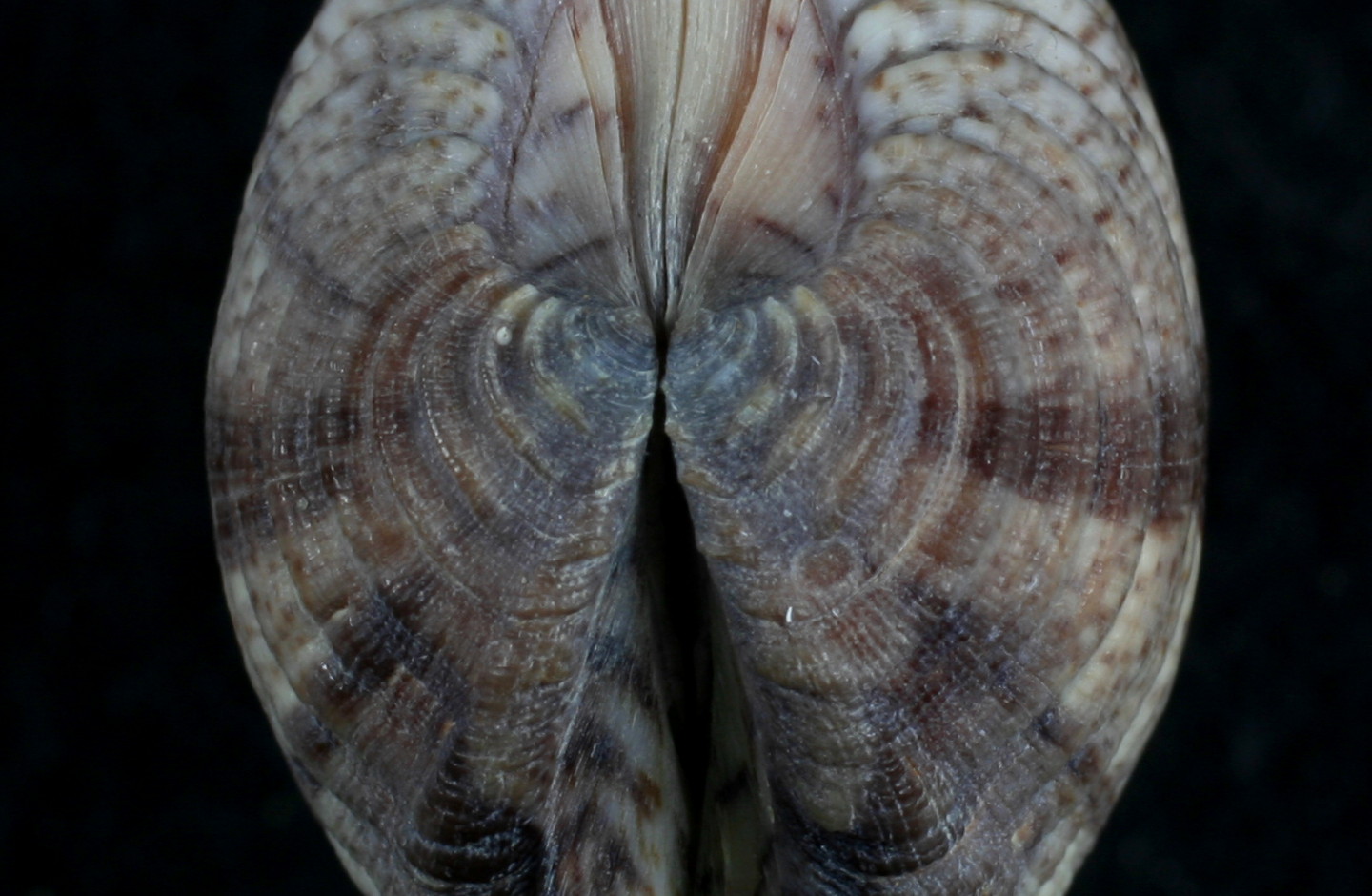Prodissoconch on:
[Wikipedia]
[Google]
[Amazon]

 A prodissoconch (meaning first or earliest or original shell) is an
A prodissoconch (meaning first or earliest or original shell) is an

 A prodissoconch (meaning first or earliest or original shell) is an
A prodissoconch (meaning first or earliest or original shell) is an embryo
An embryo is an initial stage of development of a multicellular organism. In organisms that reproduce sexually, embryonic development is the part of the life cycle that begins just after fertilization of the female egg cell by the male spe ...
nic or larva
A larva (; plural larvae ) is a distinct juvenile form many animals undergo before metamorphosis into adults. Animals with indirect development such as insects, amphibians, or cnidarians typically have a larval phase of their life cycle.
The ...
l shell which is present in the larva of a bivalve
Bivalvia (), in previous centuries referred to as the Lamellibranchiata and Pelecypoda, is a class of marine and freshwater molluscs that have laterally compressed bodies enclosed by a shell consisting of two hinged parts. As a group, bival ...
mollusk
Mollusca is the second-largest phylum of invertebrate animals after the Arthropoda, the members of which are known as molluscs or mollusks (). Around 85,000 extant species of molluscs are recognized. The number of fossil species is e ...
(clams, scallops, oysters, etc.). (The homologous structure in gastropod
The gastropods (), commonly known as snails and slugs, belong to a large taxonomic class of invertebrates within the phylum Mollusca called Gastropoda ().
This class comprises snails and slugs from saltwater, from freshwater, and from land. T ...
s (snails) is called the protoconch
A protoconch (meaning first or earliest or original shell) is an embryonic or larval shell which occurs in some classes of molluscs, e.g., the initial chamber of an ammonite or the larval shell of a gastropod. In older texts it is also called ...
.) The prodissoconch is often but not always smooth, and has no growth lines. It is sometimes still present and visible in the adult shell, if there has been no erosion of the shell in that area.
The structure of the prodissoconch has been widely used as a discriminating feature in bivalve systematics
Biological systematics is the study of the diversification of living forms, both past and present, and the relationships among living things through time. Relationships are visualized as evolutionary trees (synonyms: cladograms, phylogenetic tre ...
.
Position
Once the larval bivalve settles and becomes a juvenile, the rest of the shell starts to grow. The earliest part of the shell that formed often shows in the adult shell as a protruding area known as the umbo, at the tip of which is the prodissoconch, assuming it has not been eroded or obscured in some other way. Quite often there is a visible line of demarkation where the prodissoconch ends and the umbo begins, and there may be a sudden appearance of sculpture at that point.Larval stages
In species which have a veliger or swimming larval stage which hatches out ofegg capsule
An egg case or egg capsule, often colloquially called a mermaid's purse, is the casing that surrounds the eggs of oviparous sharks, skates and chimaeras. Egg cases typically contain one embryo, except for big skate and mottled skate egg cases, ...
s (uncommon in bivalves), there are two parts to the prodissoconch. The first part of the prodissoconch (which is formed when the larva is still within the embryonic egg capsule) is called prodissoconch I, while the part that is formed after the larva has hatched is called prodissoconch II. There is often different sculpture or ornamentation on prodissoconch I compared with prodissoconch II, and this can be distinguished under the microscope
A microscope () is a laboratory instrument used to examine objects that are too small to be seen by the naked eye. Microscopy is the science of investigating small objects and structures using a microscope. Microscopic means being invisibl ...
. The prodissoconch I valves of the larval bivalve mollusc are thin, smooth and translucent, and generally appear during the first 24 hours of life. Smooth valves continue to grow symmetrically and a gently sloping umbo projects from the middle of the hinge line. The prodissoconch II valves are secreted onto the prodissoconch I valves by the edge of the mantle and are still smooth but have faint microsculpture. Following metamorphosis the bivalve larvae (known as a veliger) develop a foot and the velum (or cilia) is reabsorbed and lost. After metamorphosis there is a distinct line where the prodissoconch II stage ends and the part of the valves known as the dissoconch begins and the bivalve mollusk begins its adult sessile existence. During metamorphosis, the veliger, depending on species, may secrete an attachment structure called a byssus
A byssus () is a bundle of filaments secreted by many species of bivalve mollusc that function to attach the mollusc to a solid surface. Species from several families of clams have a byssus, including pen shells (Pinnidae), true mussels (Mytilid ...
that anchors it to the substratum. Some species spend considerable time searching for an ideal habitat before metamorphosing, but others may settle on the nearest suitable substrate.
References
{{Bivalve anatomy Mollusc shells